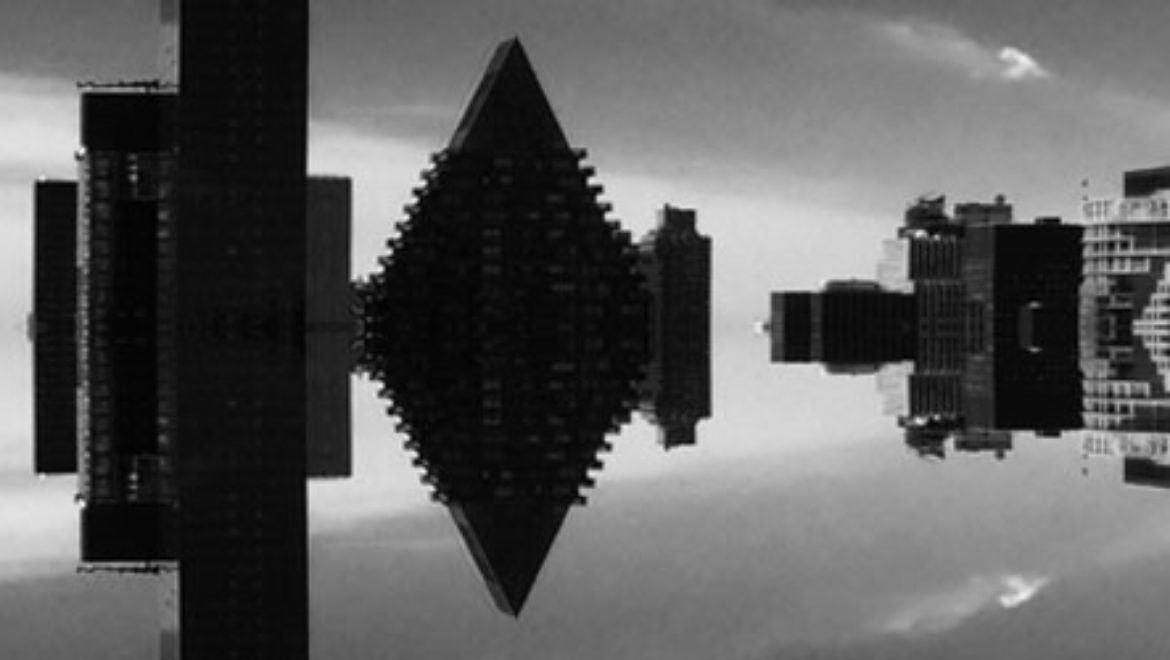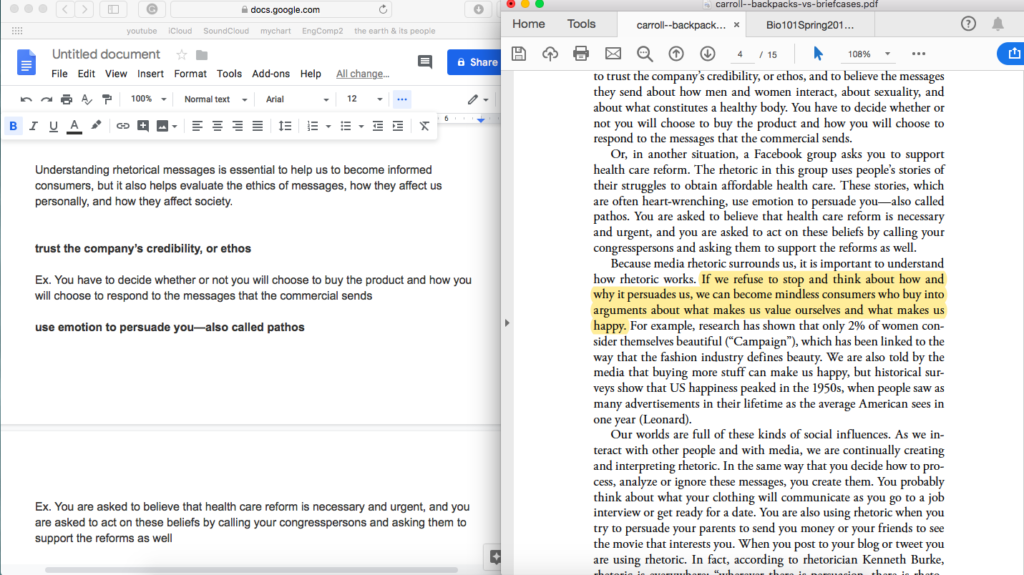In “Backpacks vs. Briefcases: Steps toward Rhetorical Analysis”, Laura Bolin Carroll explains the need for rhetorical analysis to assist in deciphering the purpose and intent behind a plethora of situations encountered daily. She expounds on the subject by describing the steps required to effectively do this.
In her piece, Carroll first points out how we are continuously analyzing the people and environment around us. Through our observations and past experiences, we are usually able to come to a conclusion pretty quickly with regard to the person or thing we are analyzing. Often times this is done without even noticing that we are doing it, without understanding there is actually a mechanism behind it. Carroll explains that this process is called rhetorical analysis and how understanding this skill, and becoming proficient in it, will allow us to “become better about making savvy judgments about the people, situations and media we encounter.”
Rhetorical analysis is the ability to evaluate the way language and images are used to persuade and influence our daily choices. According to Carroll, “one of the first places to start is context.” She goes on to explain that in order to determine and understand the context, there are three factors one should consider: exigence, audience and constraints.






